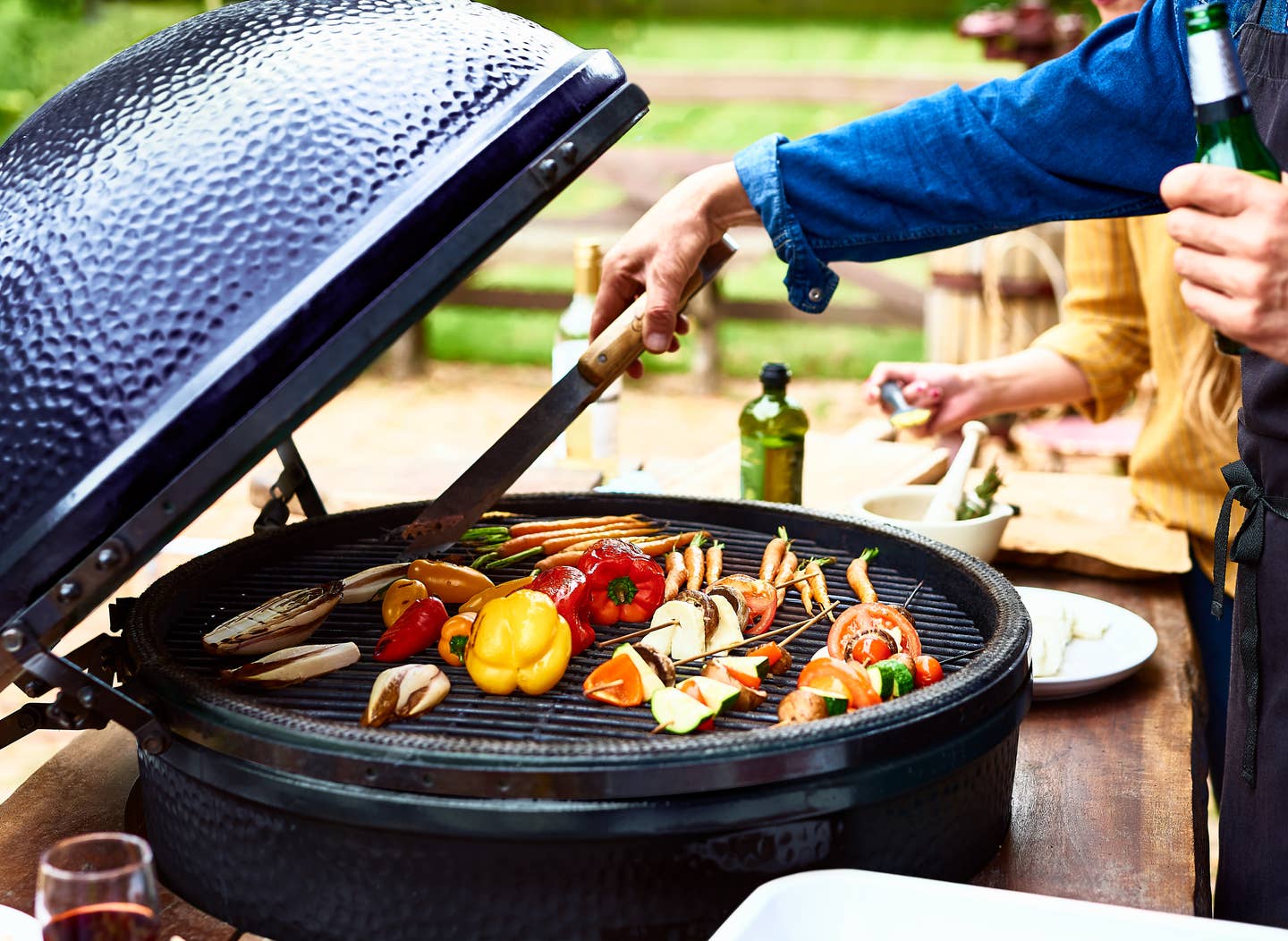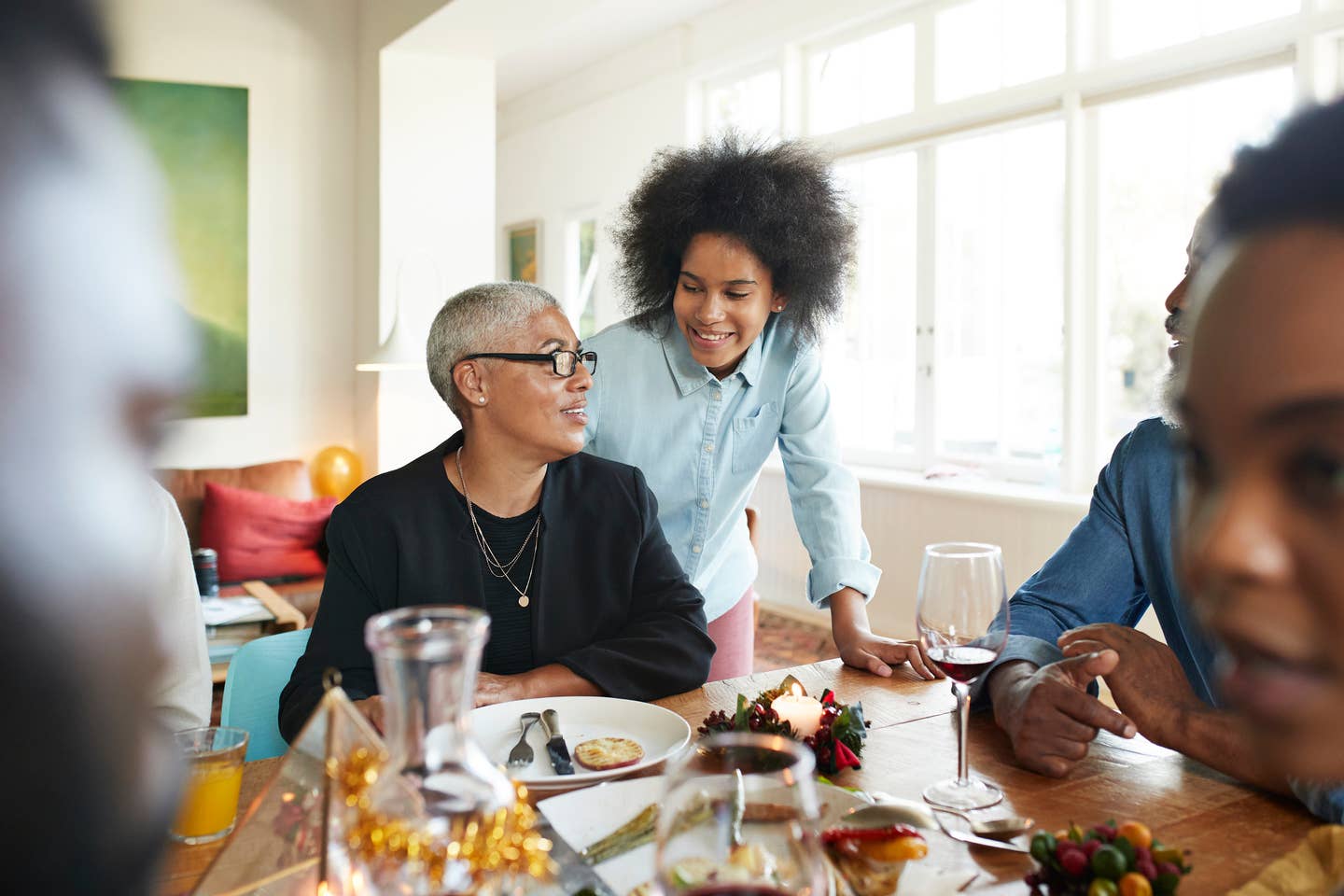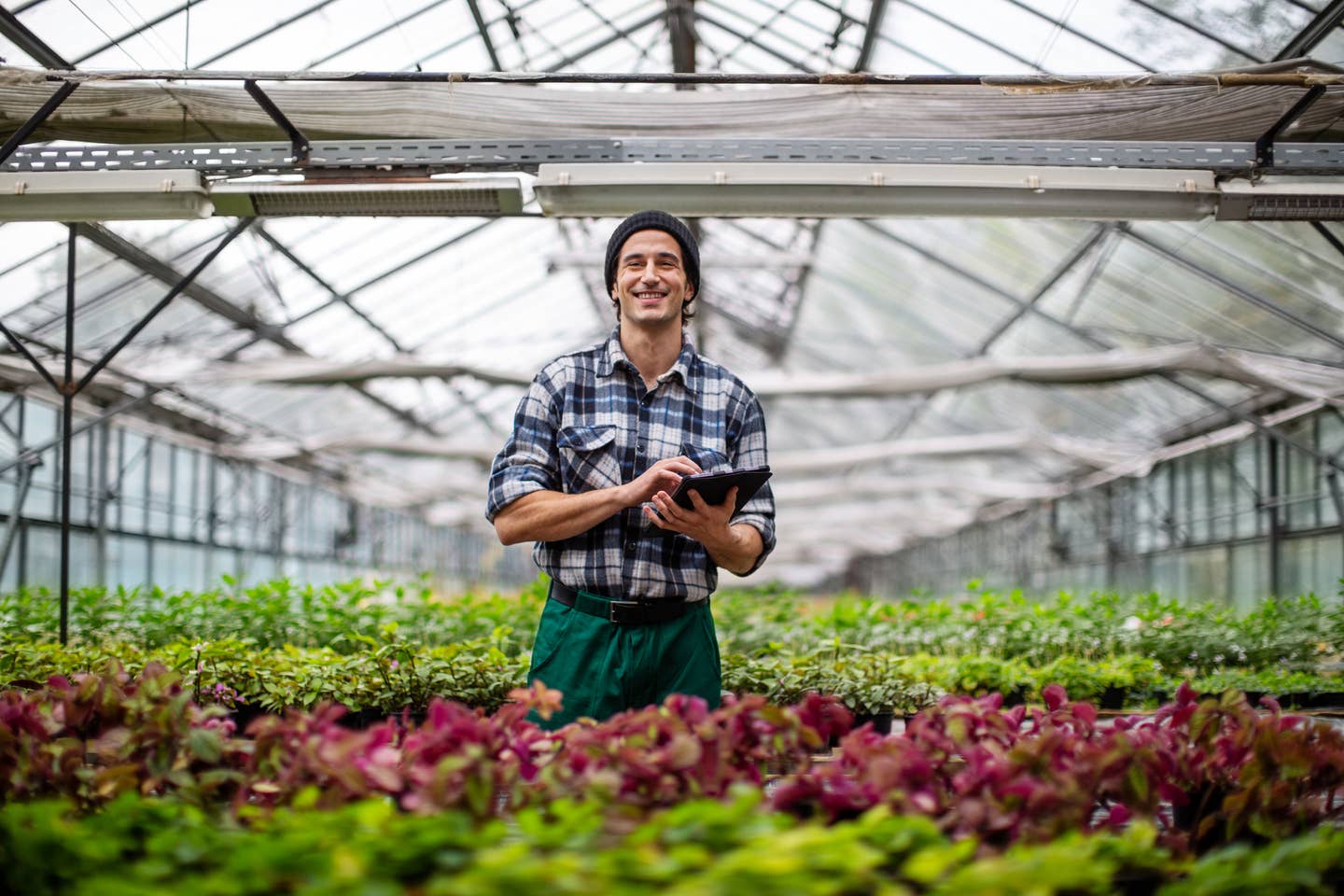
Eat These 5 Foods to Live Longer, Says Blue Zones Author Dan Buettner
What food will add four years to your life? What are the top five foods everyone should eat? What do many recipes for longevity have in common? Those were the pressing questions we wanted to ask of New York Times best-selling author of Blue Zones Dan Buettner, who is also a National Geographic Fellow, and explorer. Famed for his books based on his work in researching and expanding on Blue Zones, areas in the world where people live the longest, healthiest lives, Dan shares dietary history and tips on how to live your longest, healthiest life.
His new book is Blue Zones Kitchen: A Hundred Recipes to Live to a Hundred. And before you ask: Do I really want to live to a hundred? You need to hear what he says about the quality and quantity of the years you have ahead.
Elysabeth Alfano: What is the current state of American health?
Dan Buettner: We're headed towards a country where 50% of us are obese and that’s because of what we eat. The capacity of the human-machine–so everybody listening out there right now–if you do everything right and you have an average set of genes, you should make it into your mid-nineties. And life expectancy here is [less than] eighty. So we’re leaving thirteen or fourteen years of life expectancy on the table. Those could be good years.
A lot of people say “Eh, I don’t want to live that long” but the reality is the longer you’ve lived, the healthier you’ve been. I can put that another way, too. The cohort of people who die in their sixties suffers about eight to nine years of disability, called morbidity. The cohort of people who die at a hundred, they only suffer about nine months of morbidity.
EA: I was going to ask! Do I really Want to Live to be one hundred?
DB: I wouldn’t say it’s a goal, but I would say I’m probably on a path. So right now, as I said before, the best you can expect given an average set of genes is about ninety-two or ninety-three for a male, maybe ninety-five for a female. But since 1840, life expectancy for humans has gone up two years per decade. So, given that I’m middle age, I should have four more decades left, I should get eight bonus years on top of my ninety-two. So making it to a hundred I think is realistic for me.
EA: You’re talking like an athlete. You’re shooting for it.
DB: Yeah, I guess I am.
EA: When you started looking into the Blue Zones there were already three established cities where people were living the longest. And you found two more, is that right?
DB: Well, actually, when I started, there were no established Blue Zones. There was a paper in experimental gerontology that referenced an area in Sardinia that the scientists were calling this one area a Blue Zone. Nobody knew about it, but I had the idea of taking the term and applying it. I went into the scientific literature and I found this place that had the highest concentration of women over sixty that made it to a hundred. Loma Linda, California, among other places, is where people are living about seven or eight years longer and I basically named them as a Blue Zone and wrote a cover story for National Geographic about those three places.
The idea was to find the common denominators and explain the longevity in those three places. That book was a big hit, the magazine article was a big hit, so then I hired demographers to go out and look for more Blue Zones and we found Costa Rica, the Nicoya Peninsula, and finally the island of Icaria Greece.
In all those places people are not only living a long time, but they’re staying healthy into their nineties and even hundreds in some cases. And remarkably, in Icaria, they suffer about one-tenth of the rate of dementia that we do in the United States. So their bodies are not only healthy, but their minds stay sharp till the end which is what we want.
EA: Dementia and Alzheimers and our ability to function is a huge concern for people.
DB: In the United States, in the last twenty years or so, the rate of dementia has almost doubled. And it’s just so clear that heart attacks, cardiovascular disease, many types of cancers, especially cancer of the digestive tract, diabetes, dementia, they all have a root cause in what we’re eating. Ultra-processed food, meaty, sweet, crappy food. We eat more and more of it, We get sicker and sicker, but we don’t want to acknowledge it.
EA: People say, ‘well, it’s genetics’ or ‘these things just happen, but we have control.
DB: Yes, I mean, theoretically it’s in our control. Yes, for enlightened people, but if you’re supposed to go into the community and make the healthy choice for your family and if you haven’t been educated, ninety-seven out of a hundred choices that you’re confronted with are bad. They have convenient stores and Shopko and Burger King and Pizza Hut and Godfather’s. It's almost impossible to find healthy plant-based food that’s not ultra-processed, so you know if you’re–this is going be disruptive–but if you’re overweight in this country, it’s probably not your fault.
EA: Americans have been marketed to at such an extreme, there's no way out of it. Is this by design?
DB: It's a byproduct of over-innovation. Until 1960 there weren’t enough calories to feed every American and Earl Butz, Nixon’s Secretary of Agriculture, he’s the guy who created this system that favors corn and wheat and soybeans and sugar beets and that sort of distribution system to make those cheap and ubiquitous, and it’s marketing companies. It’s American ingenuity that takes those cheap inputs, turns them into frosted flakes or they feed them to animals and turn them into wieners or hamburgers and then they spend marketing dollars and they create a huge profit.
It’s not a conspiracy, but it’s more like that old experiment, if you throw a frog into boiling water it will leap out, if you throw a frog in lukewarm water and turn up the heat one degree at a time it will just become complacent and die. That’s what’s happened to us in America.
In 1980, there was one third the rate of obesity we have now, there was about one-seventh [the amount of] of diabetes, and that’s not because people were more enlightened back then or they had more discipline, or they had better diet plans. It’s because the food environment was very different then.
EA: Right, and exercise was different as well. I think people were moving around more?
DB: Perhaps… I think it’s mostly food.
EA: Let’s talk about diet habits in the Blue Zones. There’s some alcohol and also coffee.
DB: The idea behind the Blue Zones Kitchen was to find an average of what people were eating for the last hundred years in all five Blue Zones. To do that we had to find dietary surveys that went back to the twenties. Because, if you want to know what a Centenarian ate to live to be a hundred you have to know what she was eating when she was a little girl and a teenager and newly married and middle-aged and newly retired. You can’t just ask a one-hundred-year-old, ‘what are you eating?’ because they don’t remember.
So, on average people are eating eighty to ninety-five-percent plant-based. The five pillars of every longevity diet in the world are
- Whole Grains. This sort of shocks the anti-gluten crowd because you clearly see wheat in the Mediterranean zones, corn is in the Latin American Blue Zones, and rice is in the Asian Blue Zones. Greens of all kinds.
- Greens that we’d weed-wack from our backyard, they’re making beautiful salads and pies out of them.
- Potatoes, but especially sweet potatoes, purple sweet potatoes in Okinawa which was about sixty percent of their dietary intake until about 1970.
- Nuts of every kind and (finally), the cornerstone of every longevity diet in the world is
- Beans. If you eat about a cup of beans a day, it’s probably worth about an extra four years of life expectancy.
I can’t say a whole-food, plant-based diet is a miracle pill, but if you aren’t smoking and you are exercising, sleeping well, drinking lots of water, keeping your stress down, and eating a whole-food plant-based diet, you may just live to one hundred!
For the full interview, click here.
Elysabeth Alfano is a plant-based expert for mainstream media, breaking down the plant-based health, food, culture, business and environmental news for the general public on radio and TV. Follow her @elysabethalfano on all platforms.
More From The Beet






